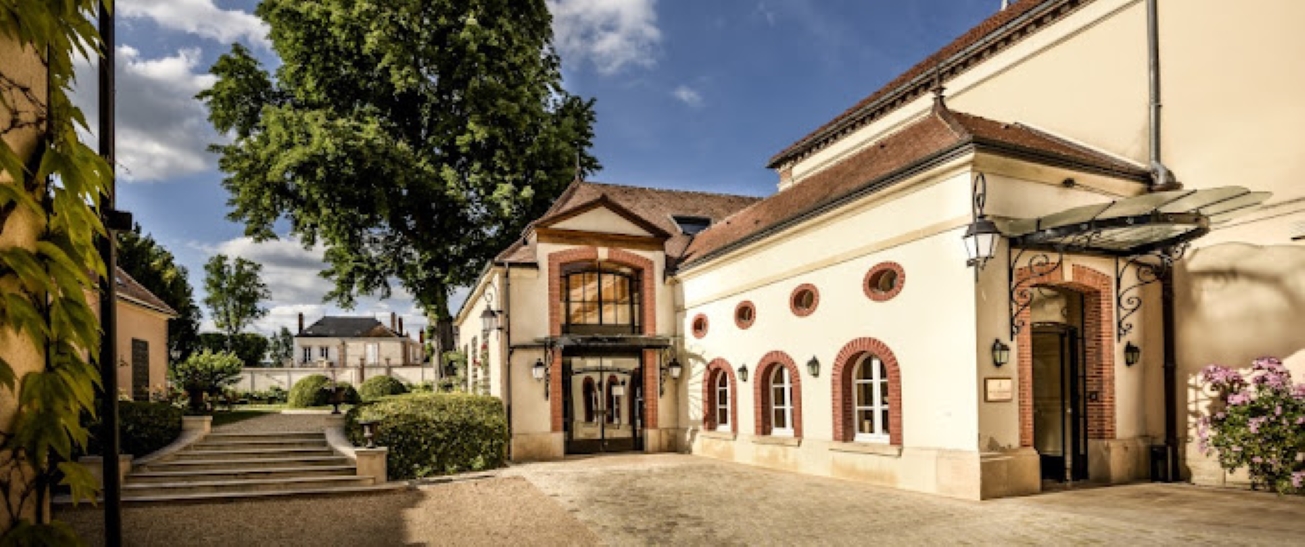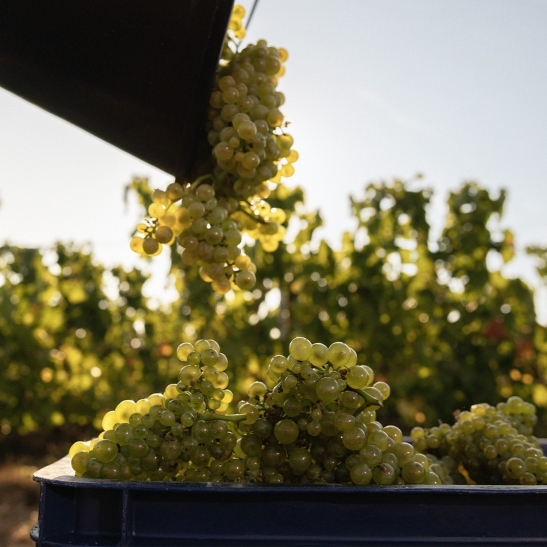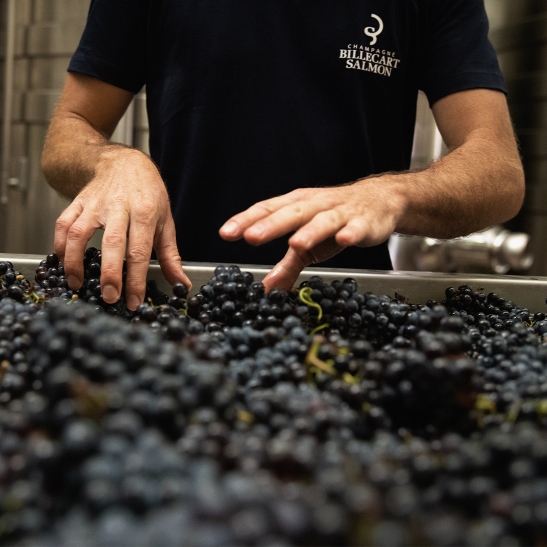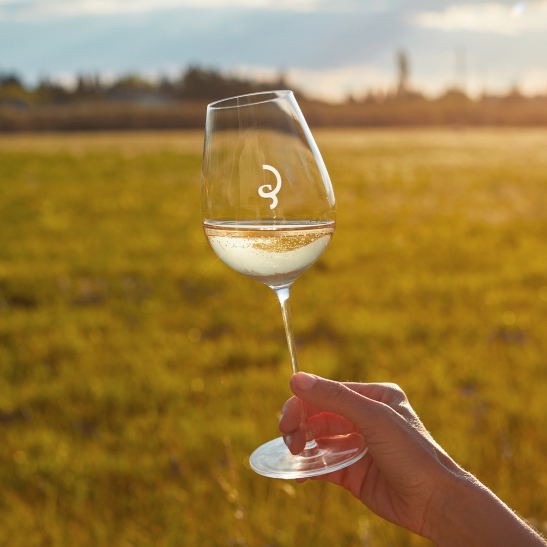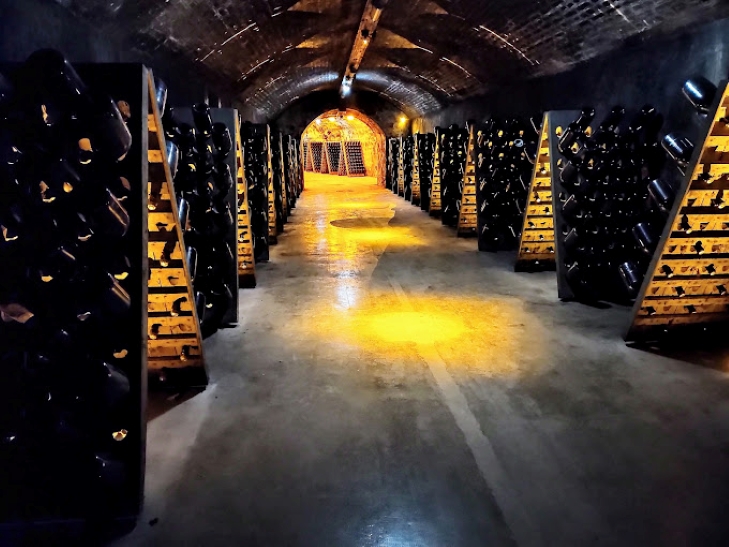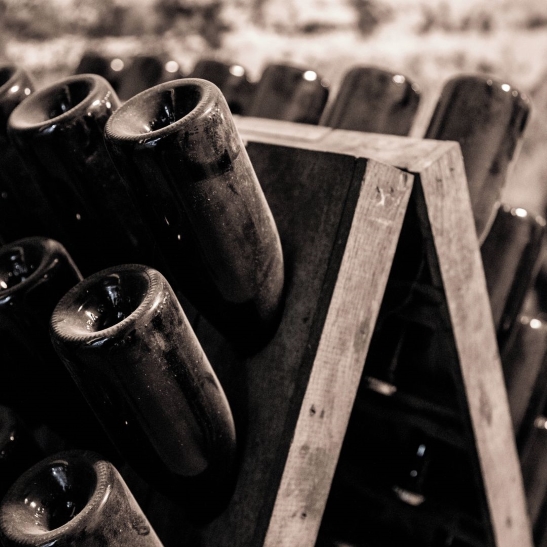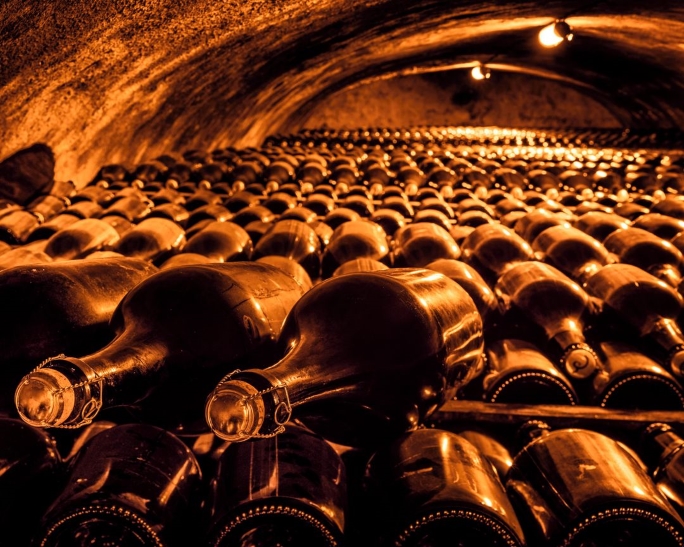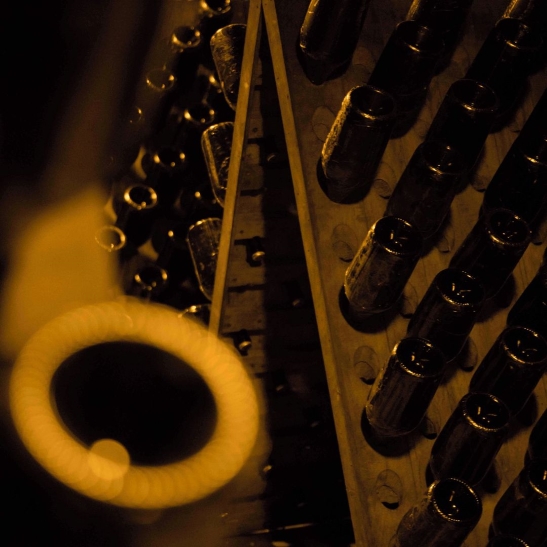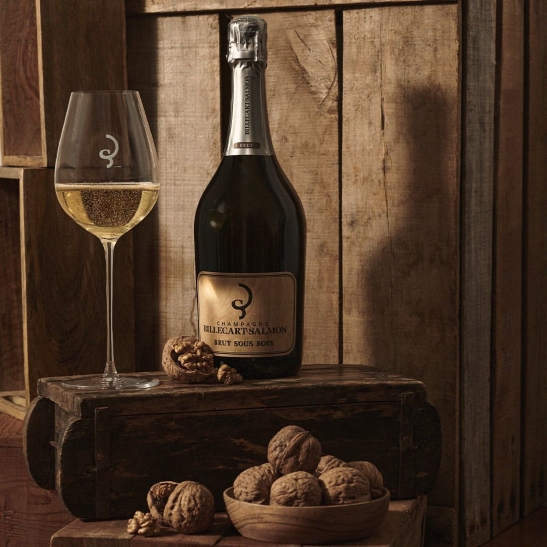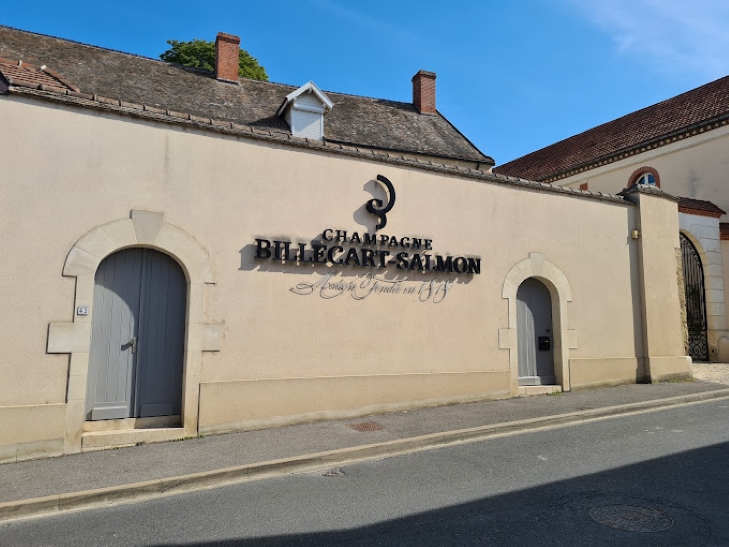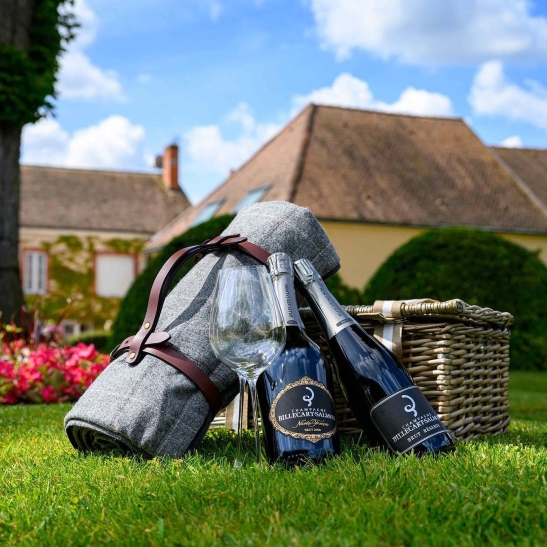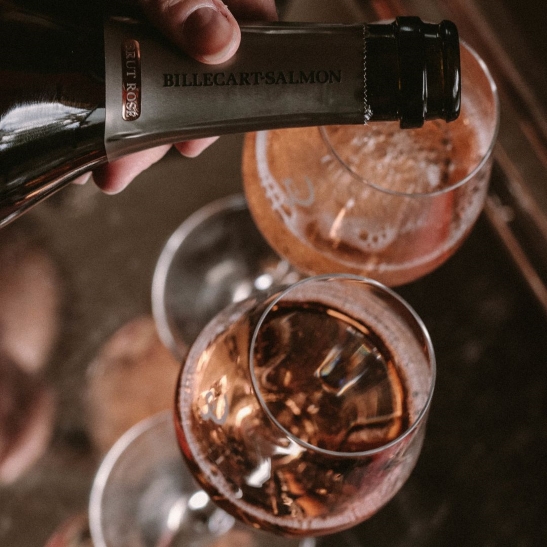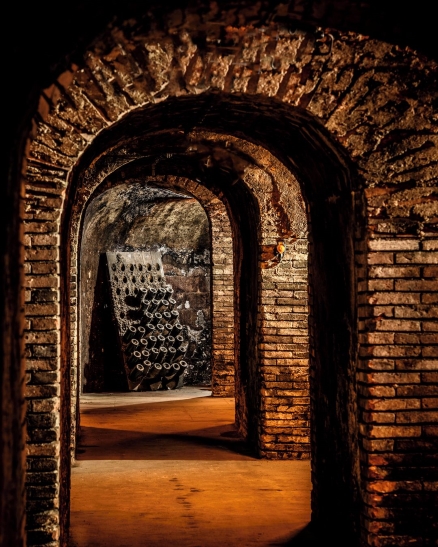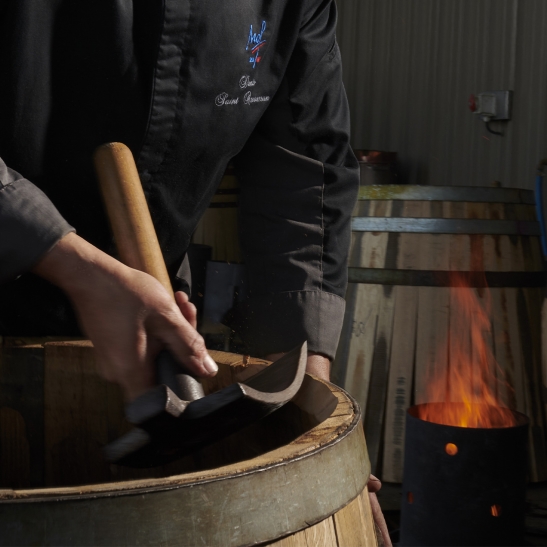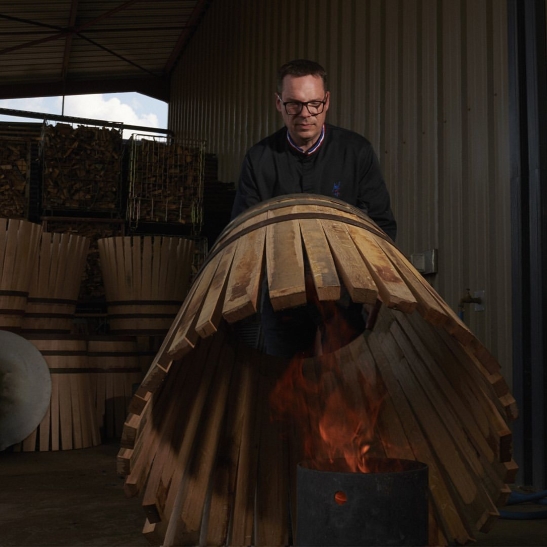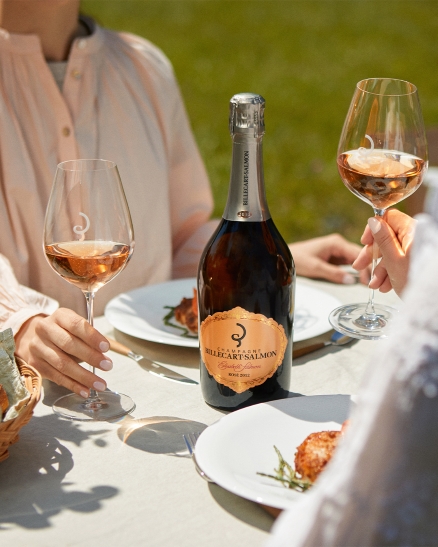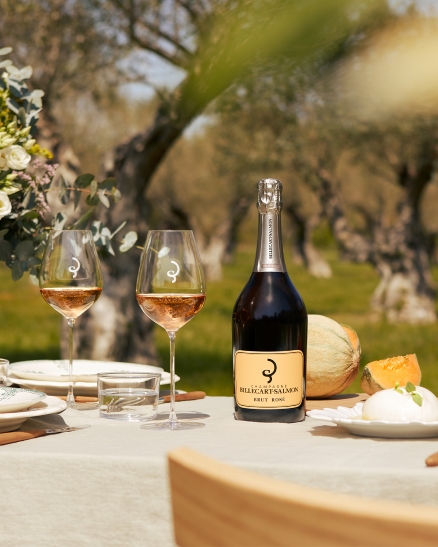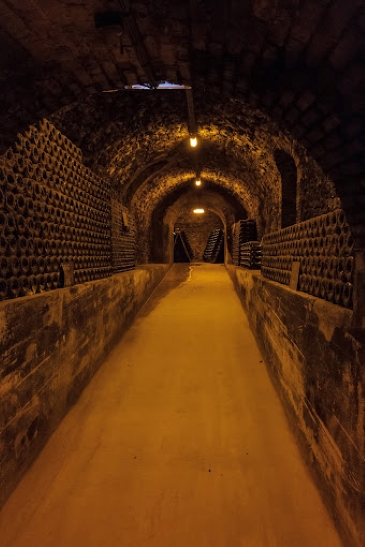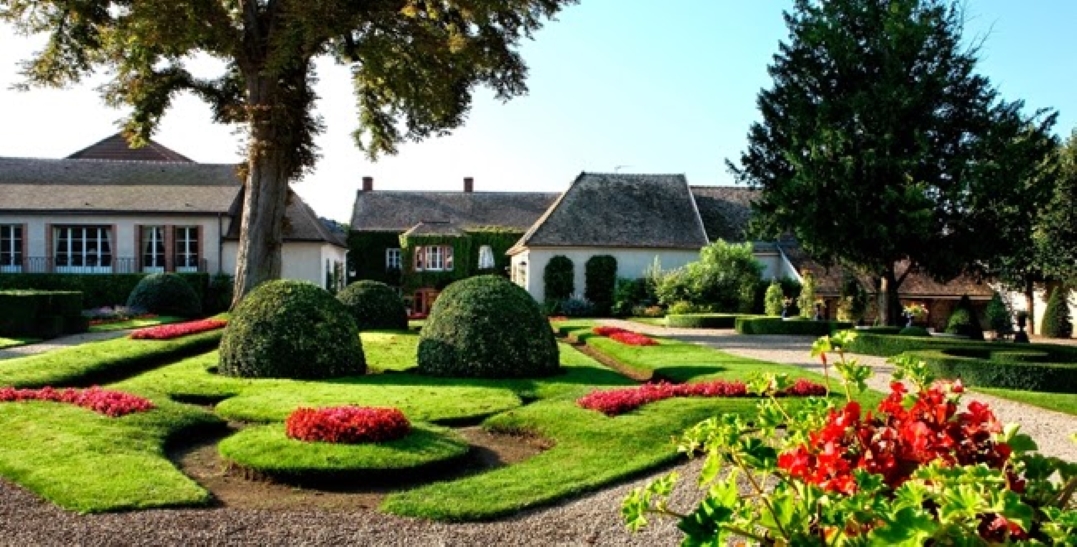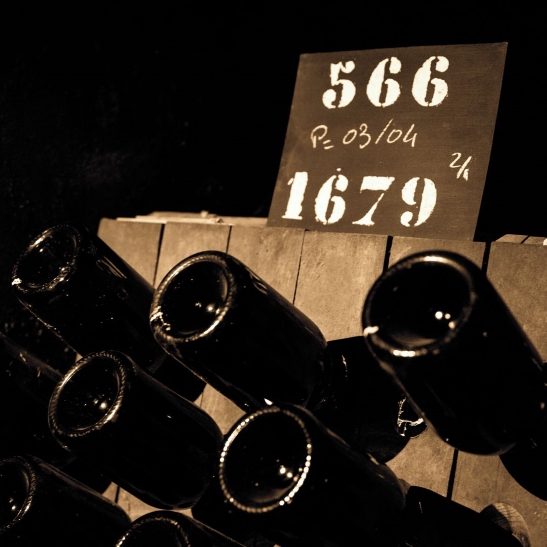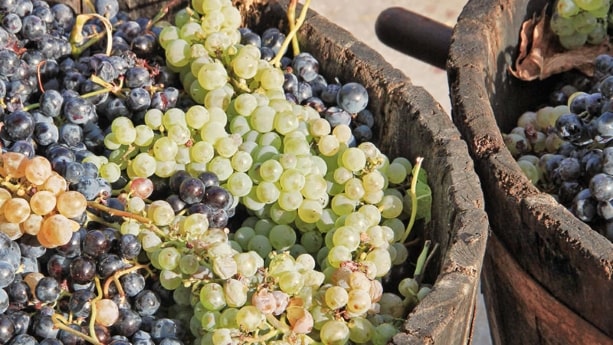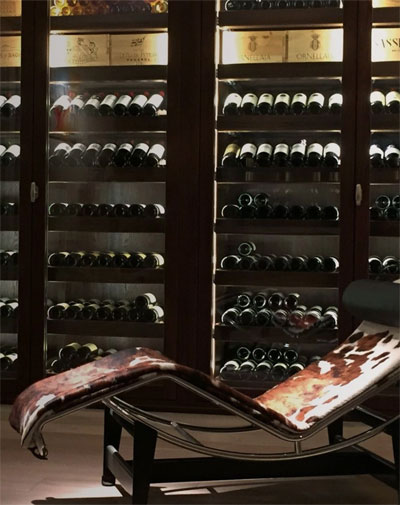Champagne & Sparkling Wines
Champagne
France
Champagne Blend
Billecart - Salmon
Surprise
2012
PRODUCT ID: 0375

COUNTRY
France

REGION
Champagne

GRAPE VARIETY
Champagne Blend

VINTAGE
2012
CASE (X6 BOTTLES)
€1.110,00
AVAILABLE STOCK: 27 BOTTLES
AVAILABLE STOCK: 27 BOTTLES

COUNTRY
France

REGION
Champagne

GRAPE VARIETY
Champagne Blend

VINTAGE
2012
Country: France, Champagne
Grape Varieties: Champagne Blend
BRUT ROSÉ MILLÉSIME 2009
Depth and Complexity
The Cuvée Elisabeth Salmon 2009 vintage is the expression of the finest Pinot Noir and Chardonnay terroirs. It offers a unique and sensorial experience, the fruit of more than a decade of patience.
Appearance: Its appearance is luminous, with soft, coppery shimmers and a sustained salmon-pink hue.
Palate: A measured strength that is delicate and charming at the same time, with the harmonious maturing of flavours (mandarin, blood orange, and Reinette apple tart). An ample and full character in the mouth unveils a chalky edge and persistent finish of citron zest as well as red and white currants.
Aroma: There is a refreshing sensorial experience of citrus peel and red berry jelly. With the exquisite sensation of a rich and complex aromatic generosity (Plougastel and Mara des Bois strawberries, pêche de Vigne). Pretty, refined and mature olfactory notes that bring out the inimitable fragrances of sweet spices and wild raspberry pulp.
Tasting: This great and highly refined wine presents its personality with the wonderful delicacy of texture and flavour. The aromatic charm of a rare mineral aspect to pair with beautiful poulet de Bresse with crayfish or a few Breton langoustines royales.
Case Bottles: 6

SHIPPING FEES
For orders €100,00 and
above we deliver free to
your place
For orders below €100,00 delivery
charge €10,00 within city limits.
Champagne & Sparkling Wines
Champagne
France
Champagne Blend
Billecart - Salmon
Surprise
2012
PRODUCT ID: 0375
Country: France, Champagne
Grape Varieties: Champagne Blend
BRUT ROSÉ MILLÉSIME 2009
Depth and Complexity
The Cuvée Elisabeth Salmon 2009 vintage is the expression of the finest Pinot Noir and Chardonnay terroirs. It offers a unique and sensorial experience, the fruit of more than a decade of patience.
Appearance: Its appearance is luminous, with soft, coppery shimmers and a sustained salmon-pink hue.
Palate: A measured strength that is delicate and charming at the same time, with the harmonious maturing of flavours (mandarin, blood orange, and Reinette apple tart). An ample and full character in the mouth unveils a chalky edge and persistent finish of citron zest as well as red and white currants.
Aroma: There is a refreshing sensorial experience of citrus peel and red berry jelly. With the exquisite sensation of a rich and complex aromatic generosity (Plougastel and Mara des Bois strawberries, pêche de Vigne). Pretty, refined and mature olfactory notes that bring out the inimitable fragrances of sweet spices and wild raspberry pulp.
Tasting: This great and highly refined wine presents its personality with the wonderful delicacy of texture and flavour. The aromatic charm of a rare mineral aspect to pair with beautiful poulet de Bresse with crayfish or a few Breton langoustines royales.
Case Bottles: 6

SHIPPING FEES
For orders €100,00 and
above we deliver free to
your place
For orders below €100,00 delivery
charge €10,00 within city limits.



